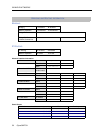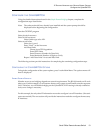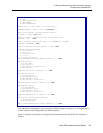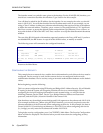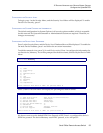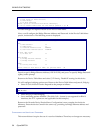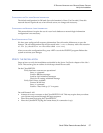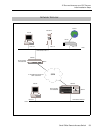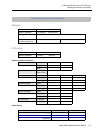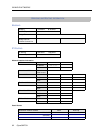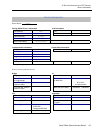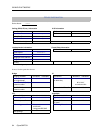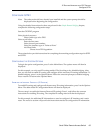
IP R
OUTING
N
ETWORK
WITH
PPP D
EVICES
OVERVIEW
This sample network uses IP routing to connect two of our products, both using PPP. Each system
is on a separate LAN. The configuration for this network is designed to allow three different types
of accesses:
• To give Host1 access to resources on LAN2, and to give Host2 access to resources on LAN1.
• To give Host2 access to the Internet which is connected to LAN1.
• To allow Host1 to remotely manage SITE2, and to allow Host2 to remotely manage SITE1.
These accesses are achieved through configuring a combination of interfaces and static routes.
To better understand the layout of this network, refer to the CyberSWITCH Network Topology
Worksheet.
This chapter discusses the configuration process for SITE1 and SITE2. Note that the Network
Topology and the System Details worksheets are identical for both systems. Each system has
unique Routing Information and Device Information worksheets.
INITIAL INSTALLATION STEPS
The initial steps in the CyberSWITCH installation process are basically the same no matter how
complicated the network. These steps are:
• completing the requirement worksheets
•ordering ISDN service
• powering on the system
• accessing Release Notes
• connecting an administration console
• setting up Telnet access
• upgrading system software
• changing defaults to secure system
• returning configuration to factory defaults
The chapters Accessing the CyberSWITCH and Upgrading System Software (in the User’s Guide)
describe each of these steps in detail.
Worksheets for this network are included on the next few pages.



